Malartic-Lagravière is one of only six classified growths in Bordeaux that has both and red and white wines that are grand cru classé.

Lunch
There is a point in many a wine-tasting lunch where you want to pick up your phone and cancel all of your afternoon appointments. Maybe the evening ones too. A stage of the lunch where you want to stop the prodigious spitting, lean back in your chair and fully savour the wines, enjoying them with fine food as the winemaker intended.
That point came during a Malartic-Lagravière tasting-lunch with the Bonnie family at London’s 67 Pall Mall, when the other guests had left and Jean-Jacques Bonnie turned to me and said “My flight isn’t until this evening and I don’t have to be anywhere and all these wines are open…”
When those wines are a dozen top vintages of a classified Bordeaux, including a 1961, it would be churlish not to accept the invitation. We duly got ‘stuck in’, a memorable conclusion to an already spectacular tasting-lunch.
The occasion had been set to mark this Belgian family’s 20 years of ownership of this fine château in Pessac-Léognan. After years of neglect and bad management the Bonnies have turned the estate around and are now producing the standard of wine that it was always capable of – sitting as the vineyards do on a gravelly hill that heads down eight metres in places, layered with limestone, fossilised oyster shells and clay.
Although it was in 1997 that Alfred and Michèle Bonnie acquired Malartic-Lagravière, the property can trace its origins back to the 18th Century when the domaine was re-named in honour of the Count Hippolyte of Malartic, an admiral who served the King of France. It enjoyed a good reputation for its wines until the early part of the Twentieth Century when under-investment started taking its toll.
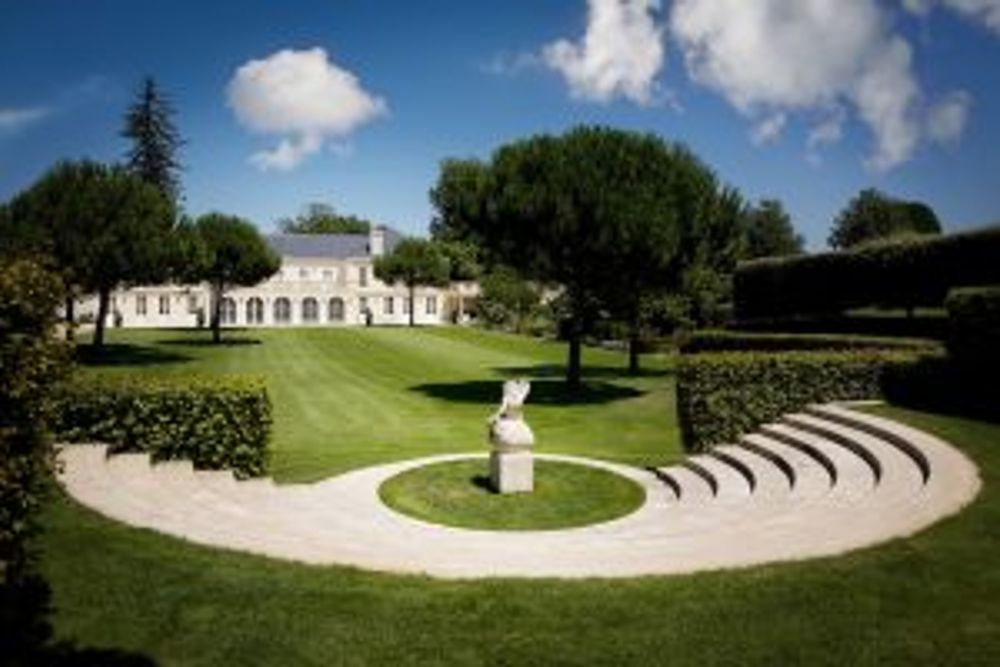
The couple’s children Veronique and Jean-Jacques Bonnie now manage the 53 hectare property (seven hectares of white) along with their respective spouses. Since 2005 the Bonnies have also acquired Château Gazin Rocquencourt, a 30 hectare 17th century property in Pessac-Léognan, and Bodega DiamAndes, a 130 hectare property in Mendoza.
What the Bonnies have done to Malartic-Lagravière is plant the right vines in the right parts of the vineyard, lowered yields, reduced the percentage of the grand vin and introduced sustainable viticulture. In 1998 they opened up a new state-of-the-art winery that is still cutting-edge under the direction of current wine consultant Michel Rolland.

“Darling, something’s come up at the office”
As for the wines themselves, they have re-introduced Petit Verdot into the red blend, brought the white into line with a more typical 90% Sauvignon Blanc/ 10% Sémillon ratio in the blend (the white here was once 100% Sémillon and also once 100% Sauvignon Blanc) and, as the vine roots have deepened and aged so the wines have increased density and complexity and dropped its pH which has helped with their freshness and vibrancy.
In order to show their work the Bonnies have brought along to the lunch red and white from the last two vintages plus a further seven vintages to compare and contrast.
No wonder my evening appointments went out the window.
Tasting five vintages of Malartic-Lagravière White
Malartic-Lagravière White 2015

Nose is quite shy, revealing floral and white flowers; on the palate the wine is overwhelmingly dry, with precise fruit, texture, layers, and a delicious sweet edge to its citrus and saline flavours.
Malartic-Lagravière White 2016
On the nose this is much stronger with notes of peach and honeysuckle; on the palate the fruit is riper than the 2015 and feels like it has more residual sugar – this is more citrus peel, slightly sweeter than squeezed lemon.
Both red and white Graves age very gracefully and we then tasted three back vintages of whites the 2013, 2006 and 2003 served with Isle of Mull hand-dived scallops, potato puree and garlic butter.
Although only a few years old, the Malartic-Lagravière White 2013 (90% Sauvignon/ 10% Semillon) had developed considerable complexity. Still quite light in colour it had a profound nose (bigger than the 2006) with light, white plum, white peach, pear and melon and a marked splash of lemon zest right on the finish.
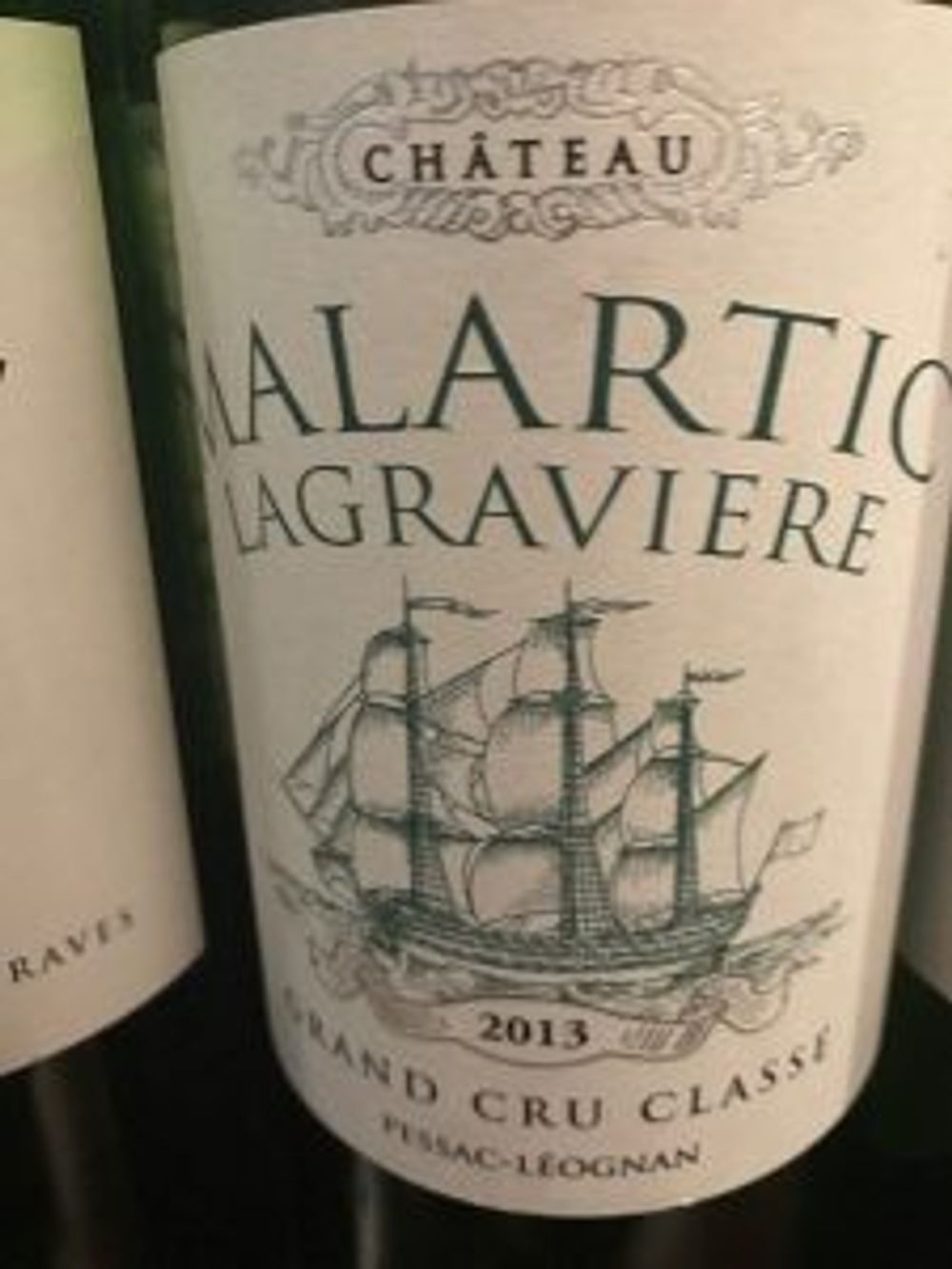
The Malartic-Lagravière White 2006 was showing particularly well – on the palate it had fresh, juicy lemon pressé, some primary fruit without any hint of waxiness and notes of roasted almonds. The wine had a real presence and all the better given how hard the vintage was.

Very few vintages match 2003 for challenging the winemaker and the Malartic-Lagravière White 2003 (80% Sauvignon/ 20% Semillon) was past its best. The wine was much darker and on the nose there was a savoury, ‘yeasty’ quality, the mouthfeel, despite being very easy drinking was dry, a bit waxy and oily with flavours of apricots, saffron, butter and honey coming into the mix. After lunch we opened a second bottle and tasted it one hour later. It couldn’t have been more different – fresh and lively to the previous’ bottle’s fatigue.
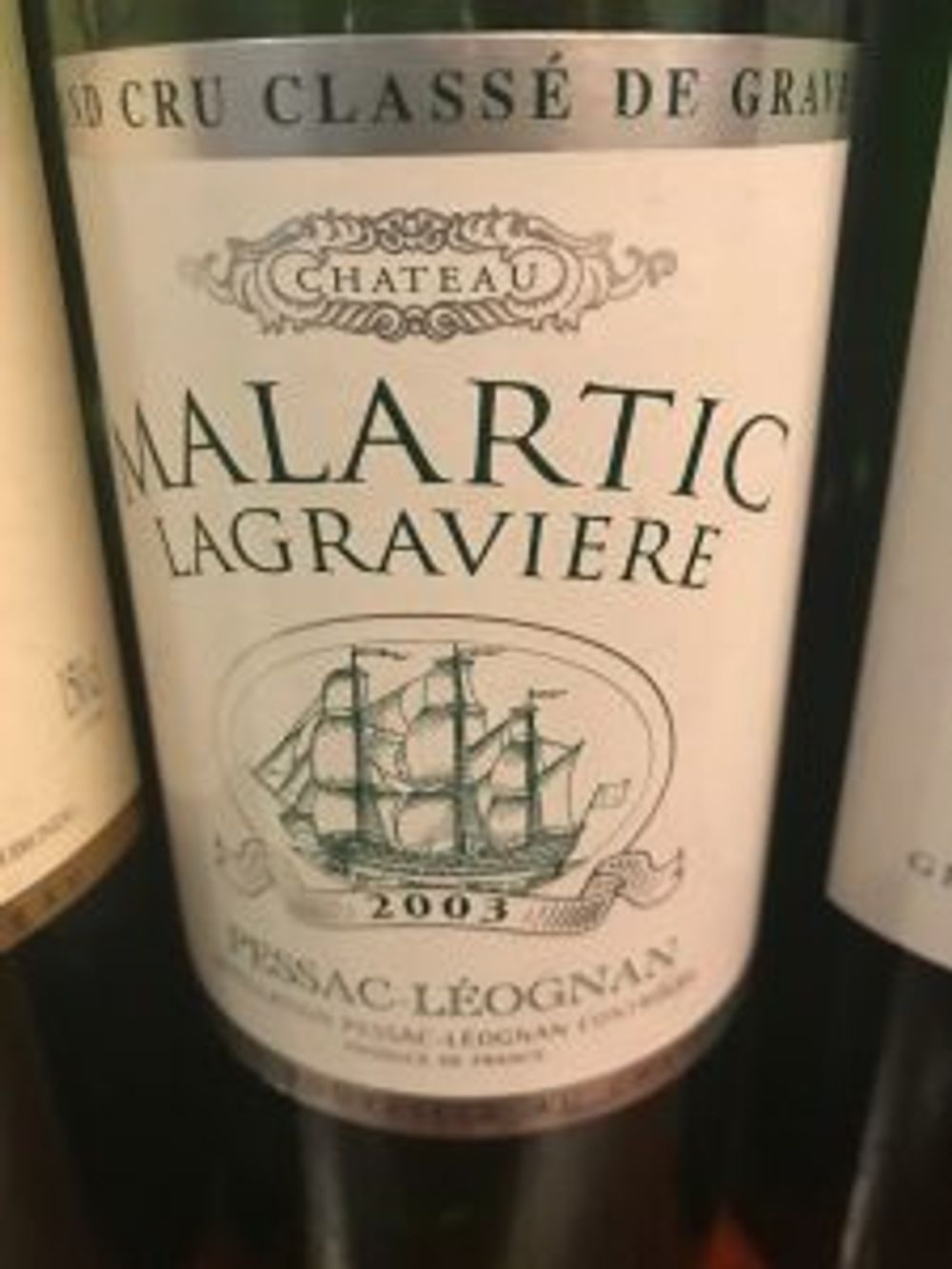
In fact, bottle variation, was one noticeable factor in this tasting, particularly with the much older vintages.
In order I would rank the white vintages as: 2006, 2016, 2013, 2003 (2nd bottle), 2016, 2003 (1st bottle)
Tasting six vintages of Malartic-Lagravière Red
Malartic-Lagravière Red 2015

Light red with a pretty, lifted nose of cassis and leaf; on the palate the wine reveals a lovely poise and balance with light, fine-textured tannins. The flavours are lingering and mouth-watering. An elegant, refined wine that has real class.
Malartic-Lagravière Red 2016
Bright purple wine with a more primary nose, bags of red and black fruit, a touch of clove; on the palate the tannin has a pleasing young texture, with a leafy, woody, sappy quality that will integrate with time.
The older vintages were served both with the main course, roasted rack and slow-cooked shouler of Launceston lamb, pommes Anna and tenderstem broccoli.
We drank the Malartic-Lagravière Red 2009 (59% Cabernet Sauvignon/ 38% Merlot/ 3% Petit Verdot) first. On the palate it was all juicy blackcurrant, beautifully integrated tannins, a light, elegant wine that has considerable length with a touch of rich, creaminess on the finish. “When you drink it you smile,” Jean-Jacques declared, and it was hard to disagree. The ’09 was the first vintage that the Chateau introduced Petit Verdot into the blend having planted one hectare of the variety in 2005

The Malartic-Lagravière Red 2001 (50% Cabernet Sauvignon/ 45% Merlot/ 5% Cabernet Franc) was what I would call ‘proper’ traditional claret, in nose, palate and length. On the nose there was tobacco and lead pencil, on the mouth cassis, juicy lamb juices with a touch of tapenade and liquorice. The wine had a much bigger backbone and incredible length. Seriously good and such a match for the meat.
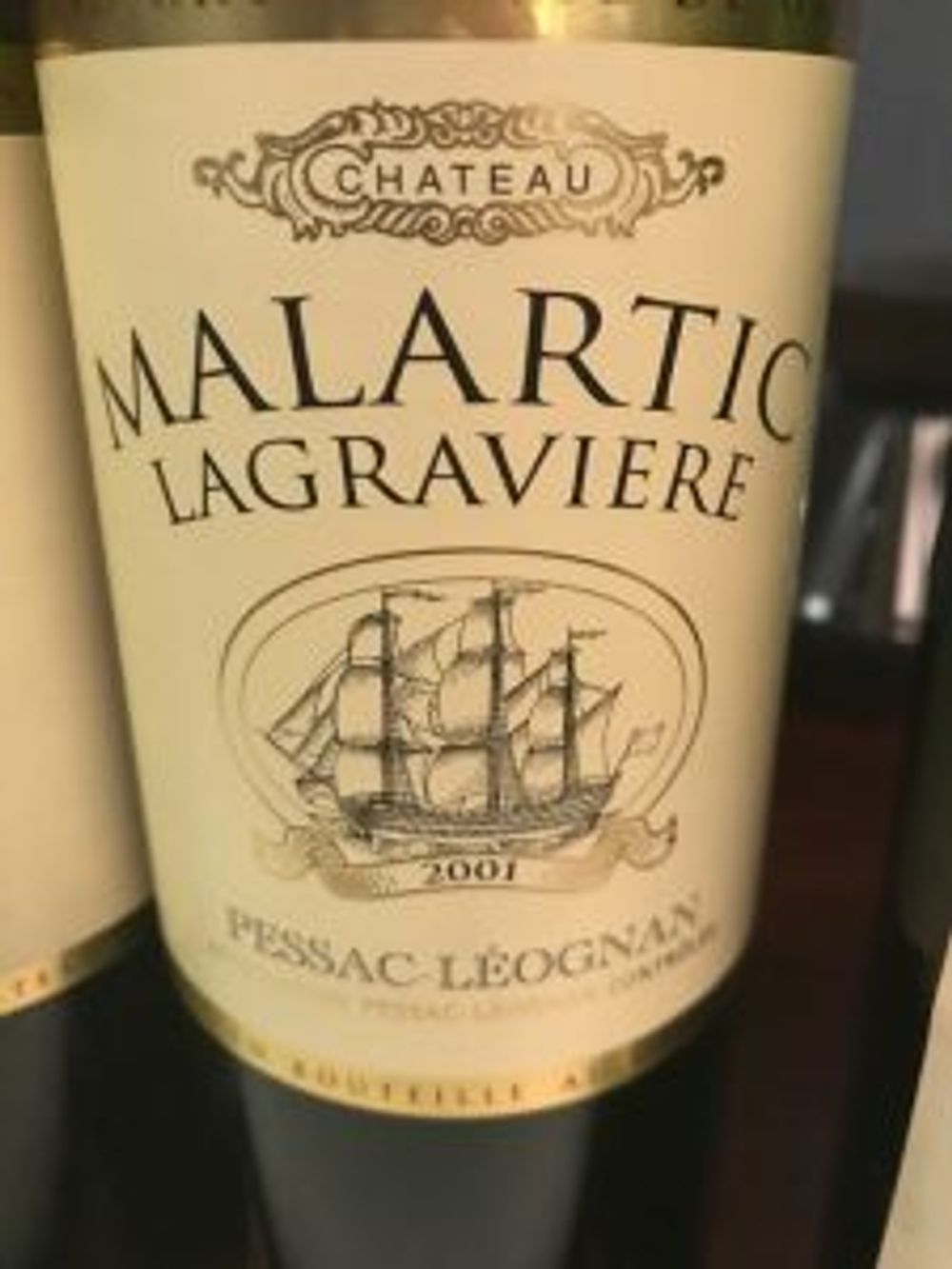
My tasting notes for the Malartic-Lagravière Red 1998 (50% Cabernet Sauvignon/ 40% Merlot/ 10% Cabernet Franc) start with “Ambassador!” This was my red of the tasting. Light red brick on the edge of the glass, this had less evolution on the nose than the 2001, but was still ripe with secondary characteristics and very, very inviting. The palate had fantastic acidity, balance and purity, the wine was tighter and more precise. Stunning wine.
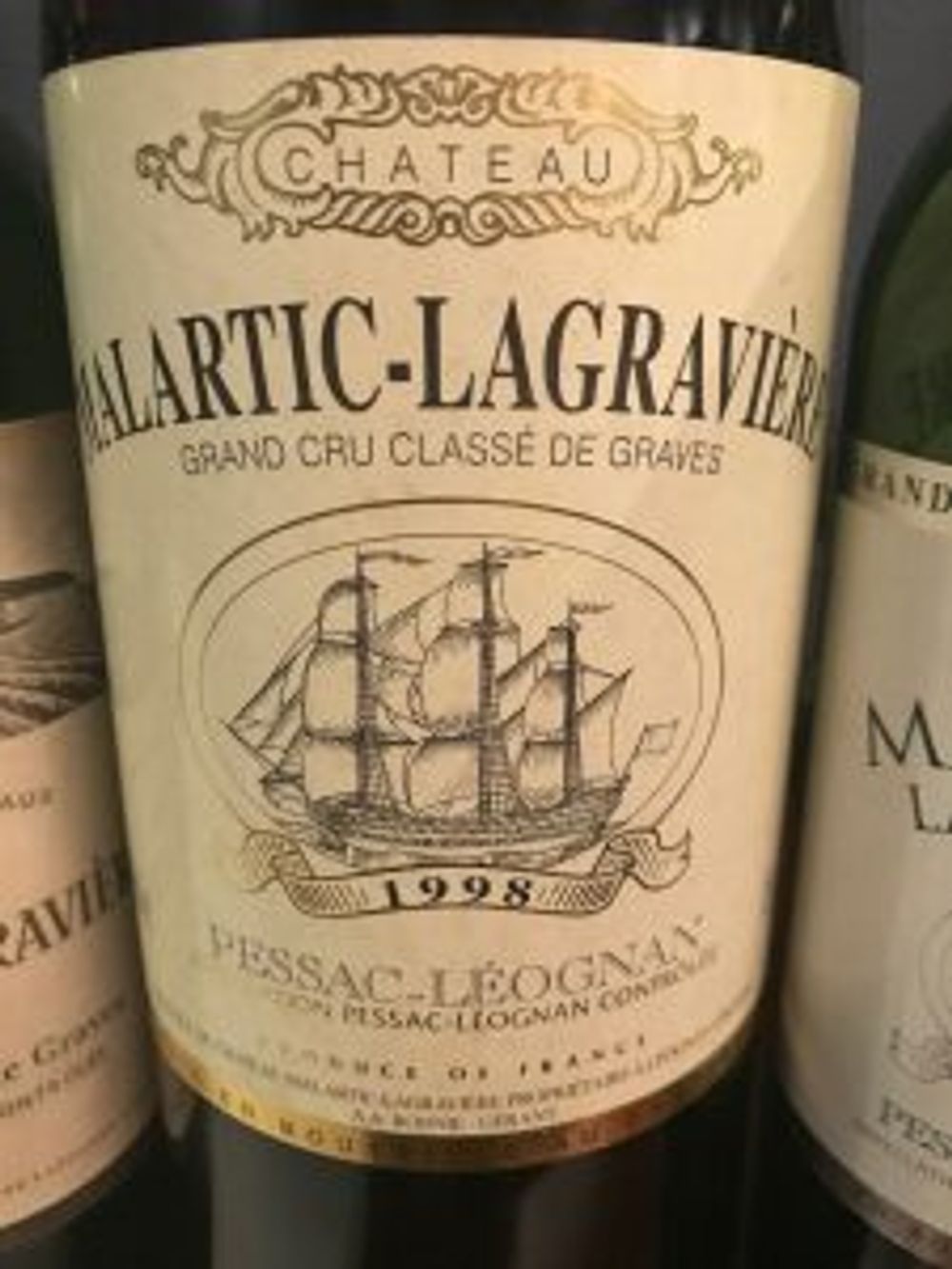
Next up was a Malartic-Lagravière Red 1961 which was served with cheese – Old Winchester, Lord London, Brighton Blue and Beaufort. As with many wines of this age, on paper they should be the absolute pinnacle of a tasting but sadly rarely are if we are totally honest. The wine was bright brick red on the outside edges, very dusty on the nose with notes of cork, tea and pot pourri – just this side of being corked in actual fact. Having said that there was still some fruit left and an amazing amount of freshness and acidity.
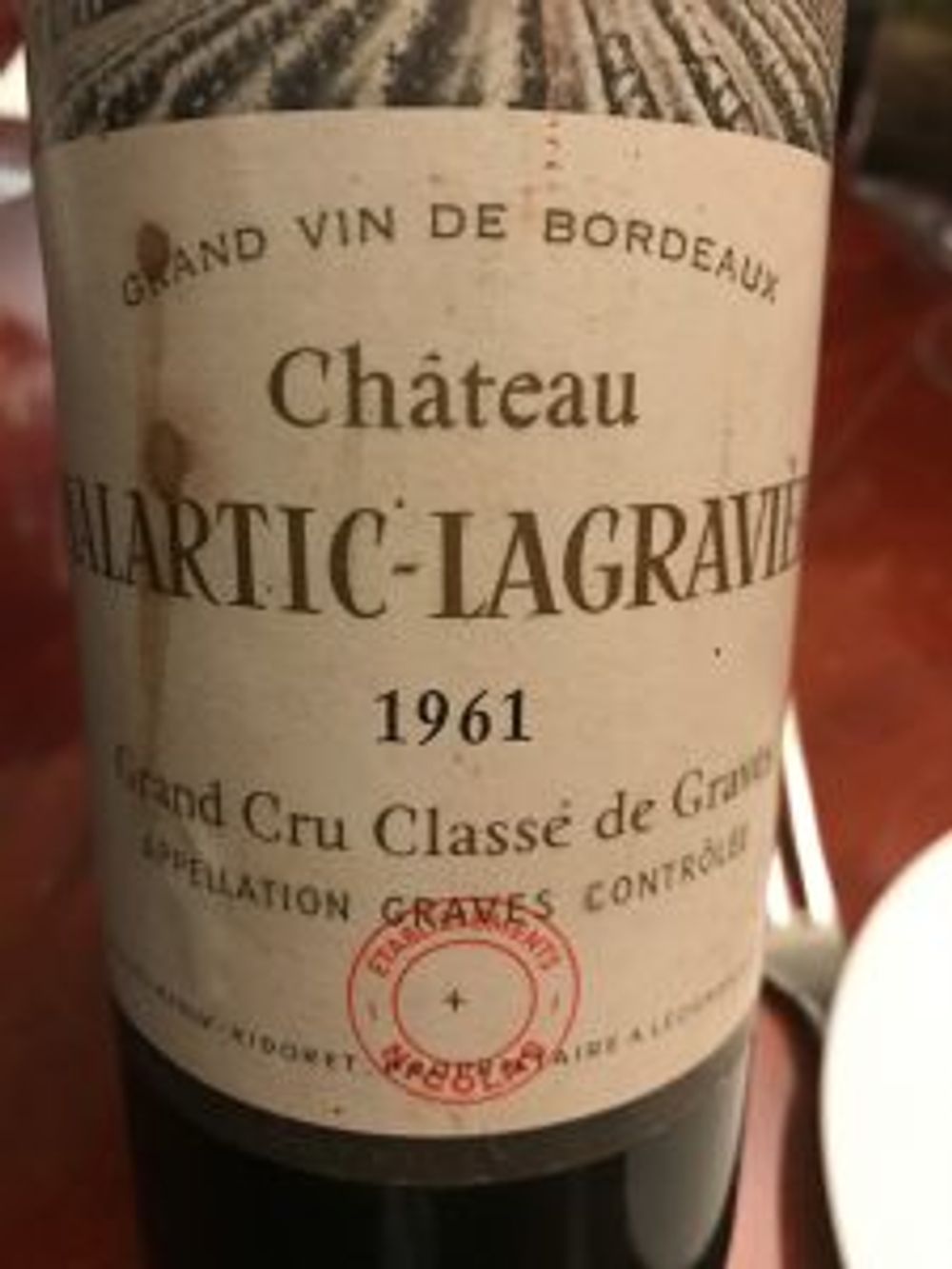
I would rank the vintages of red in this order: 1998, 2001, 2015, 2009, 2016, 1961.
The wines of Malartic-Lagravière are available from Berry Bros and Rudd, Fine + Rare Wines, and Farr Vintners amongst others.










































